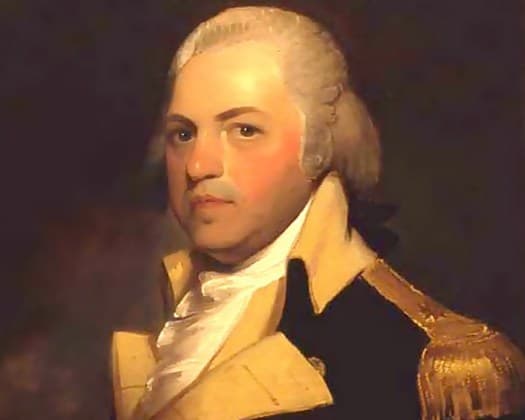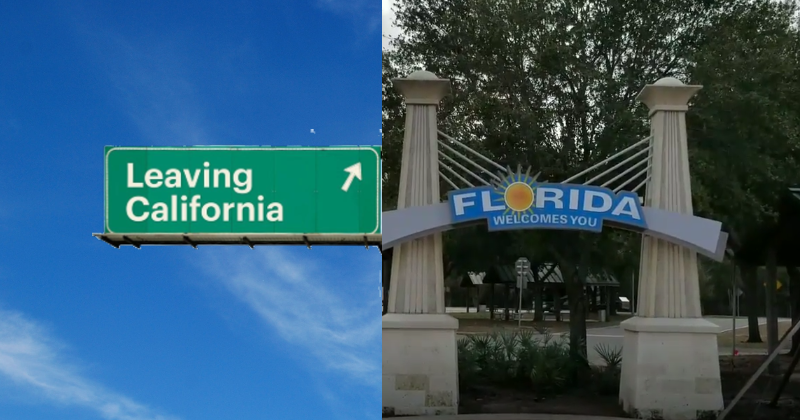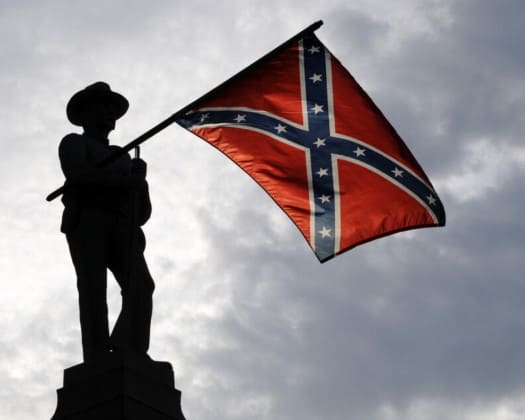Starting as a stream and moving through the Okefenokee Swamp, the St. Marys River flows for more than 125 miles and serves as much of the border for Florida and Georgia. The significance of that border was far more profound in the Revolutionary War as the river represented a dividing line between British controlled East Florida and Georgia. Every day, thousands of people drive over the St. Marys on I-95 without being aware of its historical significance.
While Florida is as patriotic as any other state, it played a strange role in the American Revolution. Despite being invited to join the Continental Congress in Philadelphia, leaders from both East and West Florida opted to stay home. Having been in British control for a decade and sparsely populated, the Floridas simply were not on board with the growing calls for independence heard throughout other colonies. While the conflicts between colonial legislatures and royal governors shaped the independence movement in other colonies, Florida remained firmly under the executive branch’s control. Colonists in the north were horrified when the crown tapped General Thomas Gage to serve as royal governor of Massachusetts but residents of the Floridas seemingly had no problems with military men like General James Grant, General Patrick Tonyn and Commodore George Johnstone in charge.
The limited military operations on the Florida-Georgia frontier offer little of the drama of Bunker Hill, Trenton, Saratoga and Yorktown. While the Americans tried three times to invade East Florida, none of those efforts even came close to capturing St. Augustine. The governors of Georgia and East Florida seemed more willing to take the offensive than either British General Augustine Prevost or General Robert Howe, the North Carolina officer who commanded the Continental Department of the South, did from 1776 through 1778. In any case, both sides saw high tensions between the political and military leadership, which severely hindered the American efforts to seize East Florida. After the British successfully took Savannah at the end of 1778, East Florida was essentially secure until the end of the war.
During the war and after Cornwallis surrendered at Yorktown, Loyalists from across the South headed to St. Augustine, hoping to rebuild their lives. From all across the region, King George’s supporters arrived in East Florida, including thousands of former slaves who thought their chances for permanent freedom were better with the British than with the new republic. Based on scholarship published over the past two decades, including impressive and accessible books from Simon Schama and Maya Jasanoff, the escaped slaves were correct in their assumptions. The Cherokee and Creeks also boosted the British cause in East Florida.
As part of the Treaty of Paris, the British handed over the Floridas to Spain, much to the anger, shock and disappointment of the Loyalists hoping to rebuild their lives in East Florida. In recent years, both liberals and conservatives have offered despairing takes on losing America–to immigration; to the presidencies and politics of George W. Bush, Barack Obama and Donald Trump; to the changing economy; to the shifts in culture. But the Loyalists truly lost America and how they put their lives and dreams back together makes for some fascinating reading, especially Jasanoff’s powerful “Liberty’s Exiles.” Leaving Charleston to head to St. Augustine towards the end of the war, John Cruden, a merchant who served with the Loyalists, felt the weight of the moment, calling it “perhaps the most important the World Ever beheld.”
Yet even some of the winners eventually felt like they had lost America. In their old age, even leading Founding Fathers like John Adams and Thomas Jefferson grew somewhat pessimistic about the country they had helped create.
Two leading figures of the American Revolution–both with ties to the St. Marys River–lived somewhat strangely parallel lives. While they clashed during the war, Thomas Brown, a Loyalist who moved from Scotland to Georgia in 1774 with dreams of becoming a gentleman planter, and Light Horse Harry Lee (pictured above), one of the finest commanders on the American side, both lost America in their own way. Brown was an early victim of the war, being attacked by the Sons of Liberty in 1775. Brown’s treatment by the patriots is the stuff of nightmares. After one of the Sons of Liberty slammed a rifle butt into Brown’s head and fractured his skull, the mob tied the Loyalist to a tree, lit a fire under his feet, scalped him a few times and tarred and feathered his legs. Brown would become one of the leading commanders on the British side in the South and his efforts around the St. Marys would help ensure East Florida remained with the crown. During the American invasions of East Florida, as the colonel of the King’s Rangers, Brown would play a crucial part in beating the Americans back at the battle of Thomas Creek in 1777 and the battle of Alligator Creek Bridge–both which were around present-day Callahan–a year later.
After being granted thousands of acres along the St. Johns River, Brown planned to settle down in East Florida, even becoming part of the political leadership in his brief time there but had to leave after the Treaty of Paris. Brown spent his remaining four decades in the Caribbean with plantations in Abaco Island in the Bahamas, the Caicos Islands and eventually St. Vincent. While his dreams of becoming a gentleman planter came true, Brown bore the scars of the Revolution inside and out. The mob’s attack led to Brown suffering from headaches for the rest of his life and his surgery to lessen them was gruesome. Even as late as the War of 1812–when there was once again action on the St. Marys–Brown was offering his service to the crown to take on the Americans. Despite spending two years in jail over a fraud conviction in a murky case involving battling with rivals for land, Brown seems to have found a measure of peace in his final year. Still, while he was able to rebuild his life after the Revolution, Brown is buried more than 1,900 miles away from where he first settled in Georgia.
Despite beating Brown to capture Fort Cornwallis in Georgia in 1781, Lee also lost his America. After the war, Lee quickly moved up the political ranks, serving in Congress and the Virginia convention to approve the new Constitution. Lee served as governor in the 1790s but, as a Federalist in an increasingly Jeffersonian Virginia, he grew out of step politically. After a single term in Congress, during which time he offered his famous “first in war, first in peace, and first in the hearts of his countrymen” eulogy for Washington, things fell apart for Lee. Besides being at odds with Virginians on politics, Lee failed miserably running the family plantation at Stratford Hall and, like Brown, faced jail time, serving a year in debtor’s prison.
Worse was to follow. A continued opponent of Jefferson and Madison, Lee was adamantly against another war with England. In the leadup to the war, Lee tried to help his friend and fellow Federalist Alexander Contee Hanson defend his newspaper office in Baltimore but they were attacked by a mob and gravely wounded. James Lingan, who had served as an officer in the Revolution, died as a result of his wounds. Despite his famed service in the Revolution, Lee fared little better and headed to the West Indies to recuperate. Lee attempted to head back to Virginia after the war, arriving at at the plantation which Georgia had given his old commander Nathaniel Greene with plans to go home but he died in March 1818. Fittingly Lee died on Cumberland Island–just north of the St. Marys River which was still the border marking the end of the United States and the start of Florida.
Fittingly, despite many Southerners insisting “Bloody” Brown was a butcher, Lee treated the Loyalist well in his memoirs. Part of that might have been guilt. After he surrendered to Lee at Augusta in 1781, James Grierson, one of Brown’s officers, was murdered by an American. Brown himself had to be protected and some Loyalists blamed Lee for not doing enough to prevent Grierson’s murder. But part of Lee’s treatment of Brown could have been the shared sense of losing America–even that loss was divided by decades. Of course, Lee’s memoirs were later edited by his son who had just as much reason to feel that he had America. Confederate General Robert E. Lee compiled a new version of his father’s book four years after he surrendered to Grant at Appomattox, one more odd twist and turn of history which bends and flows from murky swamps to open seas–much like the St. Marys River.
Reach Kevin Derby at kevin.derby@floridadaily.com. Kevin is starting his PhD in Leadership at the University of the Cumberlands this fall.













